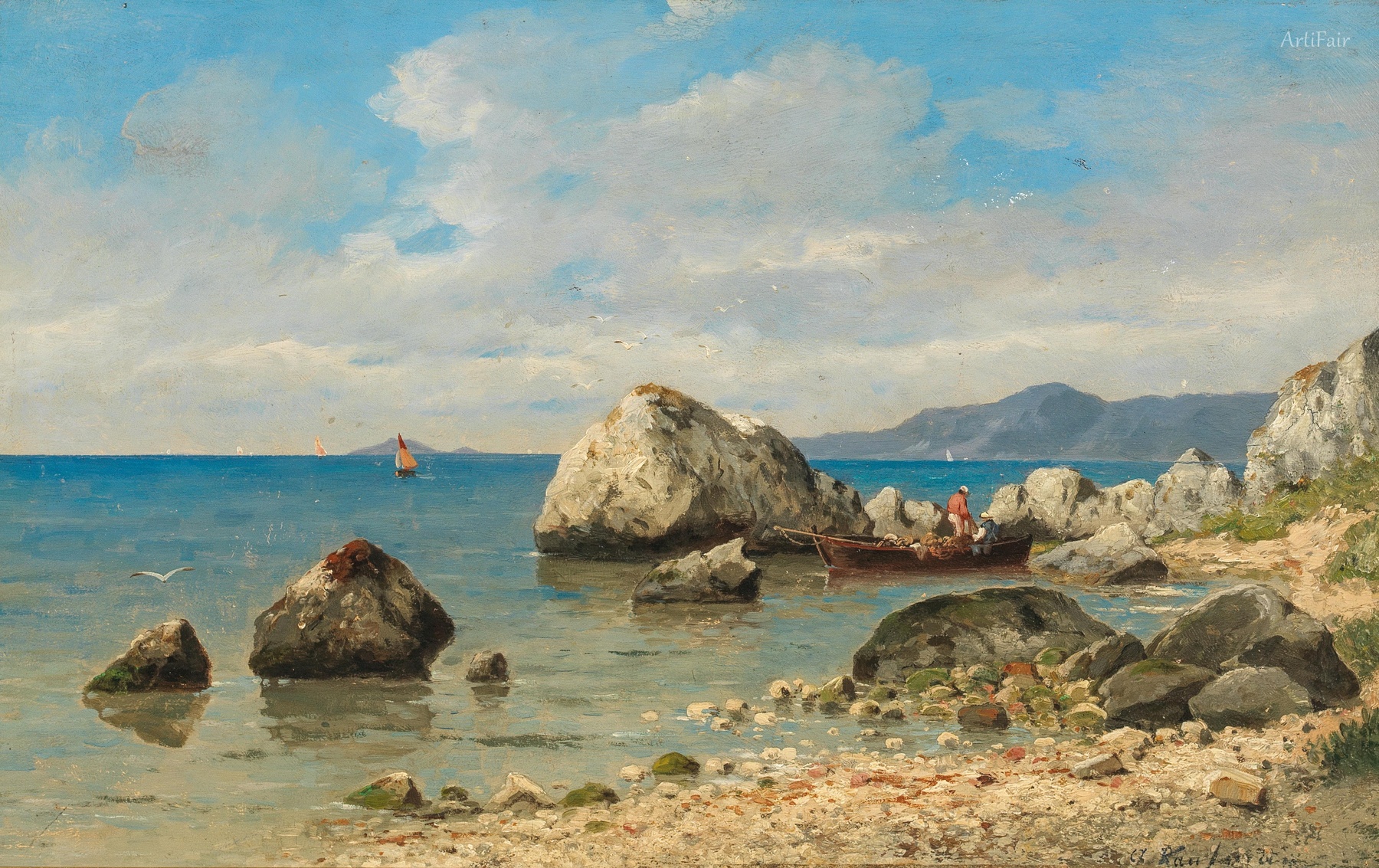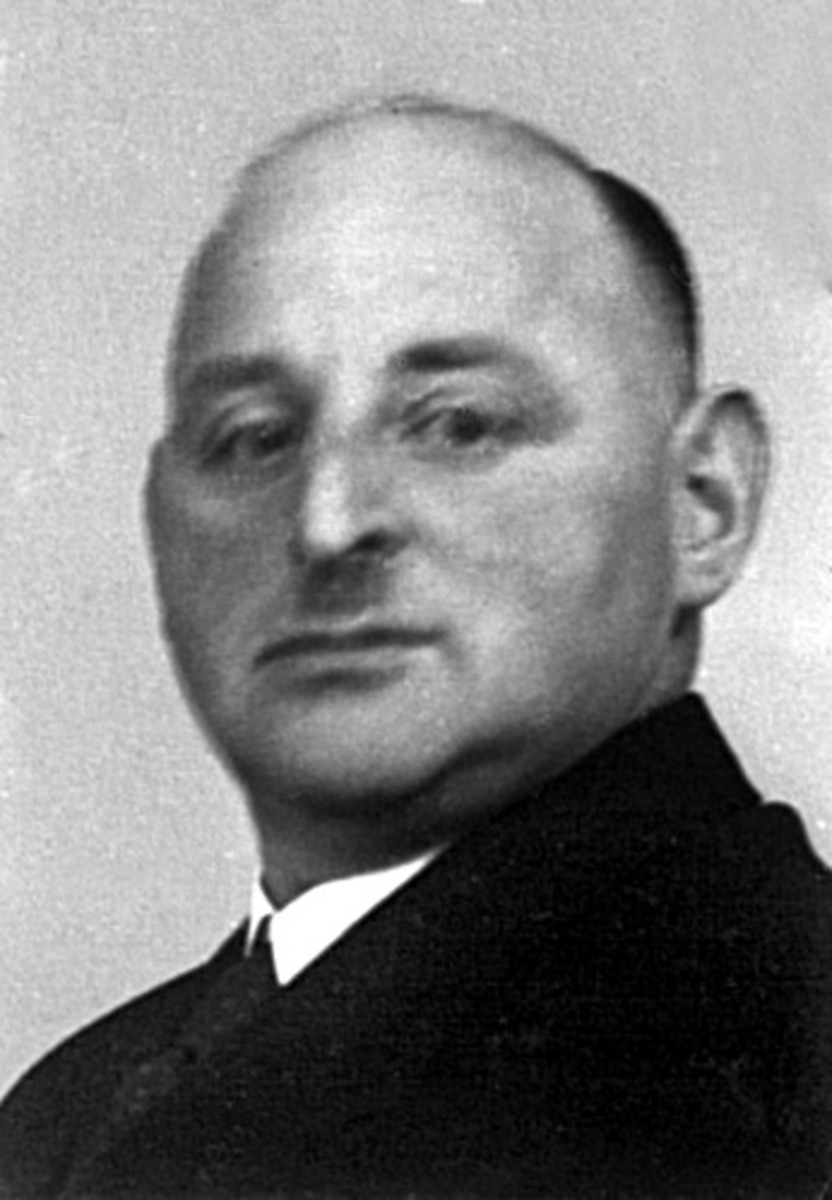

Adolf Kaufmann
AT
104
Artworks
1848 - 1916
Lifespan
Artist Biography
Adolf Kaufmann (15 May 1848 – 25 November 1916) was a distinguished Austrian landscape and marine artist, celebrated for his evocative depictions of nature, often imbued with the atmospheric qualities of the Barbizon school. Born in Opava, Austrian Silesia (then Troppau, now in the Czech Republic), Kaufmann initially embarked on his artistic journey as a self-taught painter. His innate talent and ambition soon led him to Paris, the epicenter of the art world at the time. There, he sought to refine his skills, completing his studies under the tutelage of the renowned animal painter Émile van Marcke de Lummen. This period in Paris was formative, exposing him to new artistic currents and techniques that would profoundly shape his oeuvre.
During his time in France, particularly in the 1870s, Kaufmann became deeply influenced by the Barbizon school and the emerging style of "paysage intime." These movements emphasized realistic depictions of the countryside, a direct observation of nature, and an intimate, often poetic, portrayal of landscapes. Kaufmann absorbed these principles, which became hallmarks of his work. His early career was characterized by extensive travel; he undertook numerous study trips throughout Europe, including Russia, Poland, and the Netherlands, as well as venturing into the Middle East and Turkey. For several years, between approximately 1870 and 1890, his residence alternated between key artistic hubs such as Paris, Berlin, Düsseldorf, and Munich, allowing him to engage with diverse artistic communities and further broaden his horizons.
A significant turning point in Kaufmann's life occurred in 1890 when he decided to settle permanently in Vienna. He established a studio in the Wieden district, which became his primary base of operations. Demonstrating a commitment to art education, in 1900, alongside fellow artists Carl von Merode and Heinrich Lefler, Kaufmann co-founded an "Art School for Ladies," a progressive initiative for its time. Despite his Viennese residency, he maintained a strong connection to Paris, visiting frequently. Interestingly, when painting in Paris, he often signed his works with the pseudonym "A. Guyot." This was not his only alias; he also used names such as "A. Papouschek," "G. Salvi," "A. Jarptmann," "R. Neiber," "J. Rollin," and "M. Bandouch." The precise reasons for this practice remain unclear, though it has been suggested that his choice of signature often corresponded to stylistic variations in his paintings, perhaps allowing him to explore different artistic approaches or cater to specific markets without diluting his primary artistic identity.
Kaufmann's artistic output predominantly featured landscapes, with a particular fondness for forest scenes depicted in various seasons, and marine subjects. His ability to capture the subtle nuances of light and atmosphere, the textures of the natural world – from dense woodlands to tranquil waters – earned him considerable acclaim. He was a frequent exhibitor and received numerous accolades throughout his career. A notable achievement was his success at the Exposition Universelle in Paris in 1900, where he was commissioned to create a large diorama of Sarajevo. The positive reception of this work led to further significant commissions, including a colossal painting for the Sultan depicting the "Entry into the port of Constantinople."
His standing in the art world was further solidified by his involvement with prestigious institutions. From 1890 to 1913, Kaufmann was an active member of the Vienna Academy of Fine Arts, representing the institution at important exhibitions such as those at the Glaspalast in Munich and the Große Berliner Kunstausstellung. In 1909, he became a full member of the Vienna Künstlerhaus, a highly respected artists' association. His extensive travels and artistic activities continued unabated until the outbreak of World War I in 1914, which inevitably curtailed his international engagements.
Adolf Kaufmann's works were highly sought after and acquired by prominent collectors, including members of European royalty and nobility such as Emperor Napoleon III, Princess Stéphanie of Belgium, Archduke Friedrich, Duke of Teschen, Tsar Nicholas II of Russia, and Queen Isabella II of Spain. This patronage underscores the widespread appeal and esteemed quality of his art. Today, his paintings can be admired in several public collections, including the Silesian Museum in his native Opava, the Pera Museum in Istanbul, and the Leopold Museum in Vienna, ensuring his legacy as a significant contributor to late 19th and early 20th-century European landscape painting. Adolf Kaufmann passed away in Vienna on 25 November 1916.